Indian tribes in louisiana map – Embark on a captivating journey through the rich tapestry of Indian tribes in Louisiana, where history, culture, and identity intertwine. Explore an interactive map that unveils the diverse locations of these vibrant communities, providing a glimpse into their fascinating past and vibrant present.
From the bustling cities to the serene bayous, Indian tribes have played an integral role in shaping Louisiana’s unique heritage. Their stories of resilience, innovation, and cultural preservation resonate throughout the state, leaving an enduring legacy that continues to inspire.
Tribal Locations: Indian Tribes In Louisiana Map
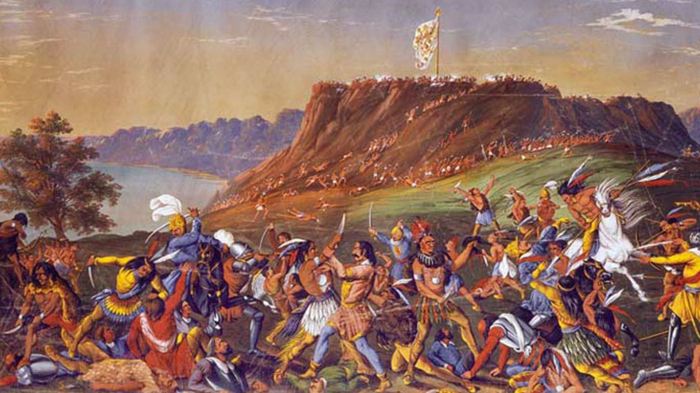
Louisiana is home to a diverse array of Native American tribes, each with its unique history and culture. These tribes have traditionally inhabited various regions of the state, forming distinct communities and contributing to the rich tapestry of Louisiana’s cultural heritage.
The distribution of Indian tribes in Louisiana can be broadly divided into three main regions:
Northwestern Louisiana
The northwestern region of Louisiana, encompassing areas such as Bossier Parish and Caddo Parish, is home to several tribes, including the Caddo, Kichai, and Wichita. These tribes have a long history of living in the region and have played a significant role in shaping its cultural landscape.
Southwestern Louisiana
The southwestern region of Louisiana, including areas such as Calcasieu Parish and Cameron Parish, is home to tribes such as the Atakapa, Chitimacha, and Coushatta. These tribes have traditionally inhabited the coastal regions and have developed unique cultural practices adapted to the environment.
Southeastern Louisiana
The southeastern region of Louisiana, encompassing areas such as St. Tammany Parish and St. Charles Parish, is home to tribes such as the Houma, Choctaw, and Biloxi. These tribes have a rich history in the region and have contributed significantly to the cultural and economic development of the area.
Tribal Histories
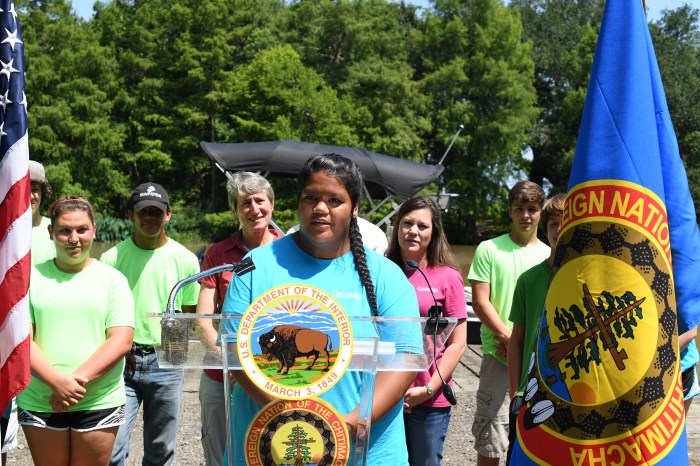
The history of Indian tribes in Louisiana is a complex and fascinating one, marked by migrations, interactions with European settlers, and significant events and figures.
The earliest known inhabitants of Louisiana were the Paleo-Indians, who arrived in the region around 12,000 years ago. Over time, various Native American tribes emerged, including the Atakapa, Chitimacha, Choctaw, and Tunica-Biloxi.
European Contact and Colonization
European contact with Louisiana began in the 16th century with the arrival of Spanish explorers. The French later established a colony in the region in the 17th century, and the British took control in the 18th century. European colonization had a profound impact on Native American tribes in Louisiana, leading to conflicts over land and resources, as well as the introduction of new diseases and cultural practices.
Resistance and Adaptation
Despite the challenges posed by European colonization, Native American tribes in Louisiana resisted and adapted to the changing circumstances. They formed alliances with other tribes, engaged in warfare, and negotiated treaties with European powers. Some tribes also adopted aspects of European culture, such as Christianity and agriculture.
Modern Era
In the 19th century, the United States acquired Louisiana from France. The US government pursued a policy of assimilation and removal, which aimed to relocate Native American tribes to reservations outside of Louisiana. However, many tribes resisted these efforts and continue to maintain their presence in the region today.
Tribal Cultures
The Indian tribes of Louisiana possess a rich and diverse cultural tapestry that has significantly influenced the state’s heritage. Their languages, traditions, beliefs, and art forms reflect a profound connection to their ancestral lands and a deep respect for nature.
The native languages spoken by these tribes include Atakapa, Chitimacha, Choctaw, and Tunica. Each language embodies a unique worldview and serves as a vital means of preserving cultural identity. Traditional practices such as storytelling, beadwork, and basket weaving continue to be passed down through generations, showcasing the tribes’ artistic prowess and spiritual beliefs.
Art Forms
The art forms of Louisiana’s Indian tribes are a testament to their creativity and cultural heritage. Beadwork, in particular, holds great significance. Intricate bead designs adorn clothing, jewelry, and ceremonial objects, often depicting stories, symbols, and spiritual beliefs. Basket weaving is another highly skilled craft, with baskets ranging from functional household items to elaborate works of art.
Tribal Governments
Louisiana’s Native American tribes operate under various forms of government, with unique structures, powers, and relationships with the state and federal governments.
Tribal governments in Louisiana typically follow one of three models: federally recognized tribes, state-recognized tribes, and unrecognized tribes.
Federally Recognized Tribes
Federally recognized tribes are sovereign nations with their own governments, laws, and courts. They have a government-to-government relationship with the United States federal government and are eligible for federal funding and services.
- The United Houma Nation is the only federally recognized tribe in Louisiana.
- Federally recognized tribes have the authority to regulate their own internal affairs, including law enforcement, taxation, and natural resource management.
- They also have the right to enter into agreements with other governments, including the United States and the state of Louisiana.
State-Recognized Tribes
State-recognized tribes are not recognized by the federal government but have been recognized by the state of Louisiana. They have limited self-governance powers and are eligible for some state funding and services.
- There are seven state-recognized tribes in Louisiana: the Chitimacha Tribe of Louisiana, the Coushatta Tribe of Louisiana, the Jena Band of Choctaw Indians, the Tunica-Biloxi Indian Tribe of Louisiana, the Pointe-au-Chien Indian Tribe, the Atakapa-Ishak Nation, and the Caddo Nation of Oklahoma.
- State-recognized tribes have the authority to regulate some aspects of their own affairs, such as cultural preservation and economic development.
- They also have the right to enter into agreements with the state of Louisiana.
Unrecognized Tribes
Unrecognized tribes are not recognized by either the federal government or the state of Louisiana. They have no self-governance powers and are not eligible for federal or state funding or services.
- There are several unrecognized tribes in Louisiana, including the Choctaw-Apache Tribe of Ebarb, the Grand Caillou/Dulac Band of Biloxi-Chitimacha Indians, and the Opelousas Tribe.
- Unrecognized tribes face significant challenges in preserving their culture and traditions.
- They also have limited access to education, healthcare, and other essential services.
Challenges and Opportunities
Tribal governments in Louisiana face a number of challenges, including:
- Limited funding and resources
- Lack of recognition by the federal government
- Discrimination and prejudice
- Environmental degradation
Despite these challenges, tribal governments in Louisiana are also presented with a number of opportunities.
- Economic development
- Cultural preservation
- Education and healthcare
- Political empowerment
Tribal Economies
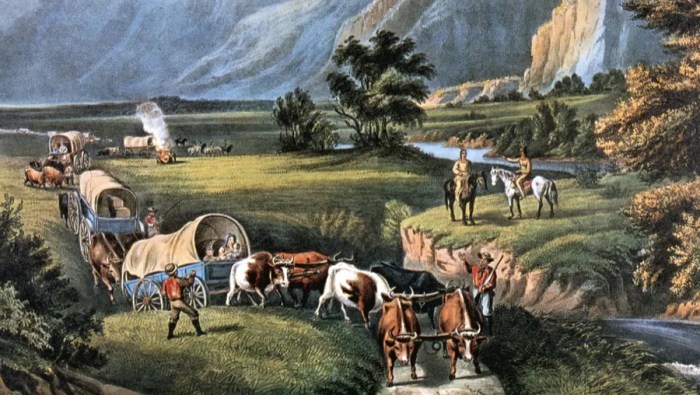
Indian tribes in Louisiana have diverse economic activities, ranging from traditional industries to modern ventures. These activities play a significant role in sustaining tribal communities and contributing to the state’s economy.
Traditionally, tribes relied on hunting, fishing, and agriculture for subsistence. Today, many tribes continue to engage in these activities for cultural preservation and economic diversification.
Tourism
Tourism has become a major economic driver for several tribes in Louisiana. They have developed cultural centers, museums, and other attractions that showcase their unique heritage and traditions. These ventures not only generate revenue but also promote cultural understanding and appreciation.
Gaming
Gaming is another significant economic activity for some tribes in Louisiana. They operate casinos and other gaming establishments that provide entertainment and contribute to local economies. The revenue generated from gaming has been used to fund tribal programs and services, such as healthcare, education, and housing.
Economic Impact
The economic activities of Indian tribes have a positive impact on the state of Louisiana. They create jobs, generate tax revenue, and stimulate economic growth in surrounding communities. Additionally, tribal businesses contribute to the state’s tourism industry and cultural diversity.
Tribal Education
Indian tribes in Louisiana have access to various educational opportunities, including schools, colleges, and universities. Tribal education programs aim to preserve cultural identity, foster economic development, and provide pathways to higher education for tribal members.
One of the significant challenges in tribal education is the lack of adequate funding. Many tribal schools face resource constraints, limiting their ability to provide comprehensive educational experiences. Additionally, the geographical isolation of some tribal communities can make it difficult for students to access educational institutions.
To enhance your understanding of Native American history in Louisiana, you may find it helpful to explore a comprehensive map of the region’s indigenous tribes. Additionally, if you’re seeking guidance in vocabulary development, consider referring to the valuable resource vocab book level d answers . This resource provides insightful explanations and examples to bolster your vocabulary skills.
By combining these resources, you’ll gain a deeper understanding of both Louisiana’s Native American heritage and the nuances of the English language.
Tribal Colleges and Universities
Despite these challenges, there have been notable successes in tribal education. The establishment of tribal colleges and universities (TCUs) has been a significant step in addressing the educational needs of Native American communities. TCUs offer culturally relevant curricula, incorporate traditional knowledge into their programs, and provide support services tailored to the needs of tribal students.
Examples of TCUs in Louisiana include the Chitimacha Louisiana Indian Tribe’s Chitimacha Community College and the Coushatta Tribe of Louisiana’s Coushatta Community College. These institutions offer associate degrees, bachelor’s degrees, and certificate programs in various fields, including education, business, and health sciences.
Tribal Health
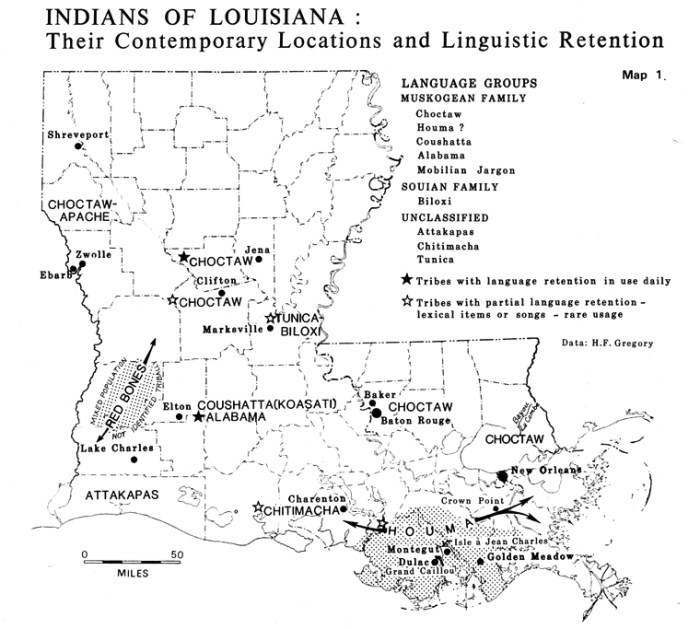
The health status of Indian tribes in Louisiana presents a complex picture. Despite improvements in healthcare access and disease prevention, health disparities between tribes and non-tribal populations persist. This section examines the health status of Louisiana’s Indian tribes, including their access to healthcare, disease prevalence, and life expectancy.
Factors contributing to health disparities include poverty, lack of access to quality healthcare, cultural barriers, and environmental hazards. These factors have a significant impact on the overall health and well-being of tribal communities.
Access to Healthcare
Access to healthcare is a critical factor in determining the health status of any population. Indian tribes in Louisiana face numerous barriers to accessing healthcare, including:
- Geographic isolation and lack of transportation
- Limited availability of culturally competent healthcare providers
- Financial constraints and lack of health insurance
- Language and cultural barriers
Disease Prevalence
Indian tribes in Louisiana experience higher rates of certain diseases compared to non-tribal populations. These include:
- Diabetes
- Heart disease
- Cancer
- Obesity
- Mental health disorders
Life Expectancy
The life expectancy of Indian tribes in Louisiana is lower than that of non-tribal populations. This disparity is attributed to a combination of factors, including:
- Higher rates of chronic diseases
- Limited access to healthcare
- Poverty and social disadvantage
Tribal Sovereignty
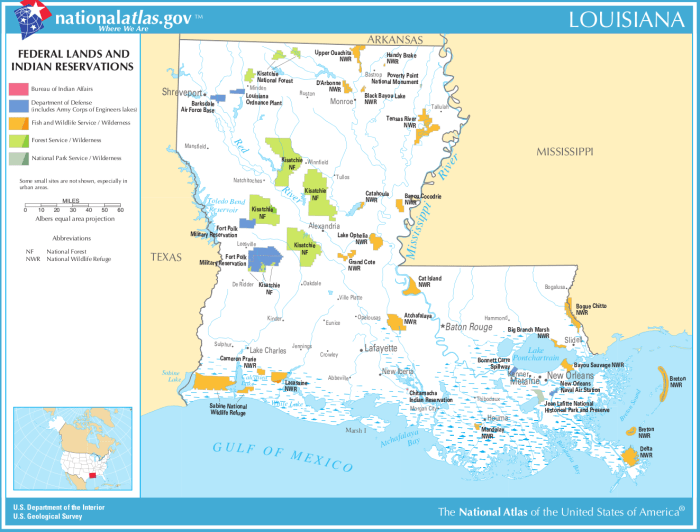
Tribal sovereignty refers to the inherent right of Indian tribes to govern themselves and make their own laws. This concept is based on the idea that tribes are distinct political entities with the authority to manage their own affairs. In Louisiana, tribal sovereignty is recognized by both federal and state law.
Legal and Political Challenges to Tribal Sovereignty, Indian tribes in louisiana map
Despite the recognition of tribal sovereignty, Indian tribes in Louisiana have faced numerous legal and political challenges to their authority. These challenges have included disputes over land ownership, taxation, and criminal jurisdiction. In recent years, there have been several high-profile cases involving the limits of tribal sovereignty, including the Supreme Court case McGirt v.
Oklahoma, which ruled that much of eastern Oklahoma is still considered Indian Country.
Questions Often Asked
What is the significance of the interactive map of Indian tribes in Louisiana?
The interactive map provides a comprehensive overview of the locations of Indian tribes in Louisiana, offering insights into their geographic distribution and historical significance.
How have Indian tribes influenced Louisiana’s cultural heritage?
Indian tribes have played a vital role in shaping Louisiana’s unique cultural identity, contributing to its diverse languages, traditions, art forms, and culinary heritage.